With a modern powertrain from a 2016 Challenger R/T and the not-so-common original Dodge T7 Dark Bronze colour, Thomas Wennerström has created a modern classic.

This is not Wennerström’s first Dodge Charger. And at the time of writing, not the last either, as he is currently renovating and assembling a fine 1970 Charger R/T SE. A Dodge that will be restored to 100 percent new condition with matching numbers powertrain and the unusual original colour, B3 Blue, an ice blue metallic colour. So why not start this story about Wennerström’s various Dodge Chargers he has owned, restored or just driven around and enjoyed life in?
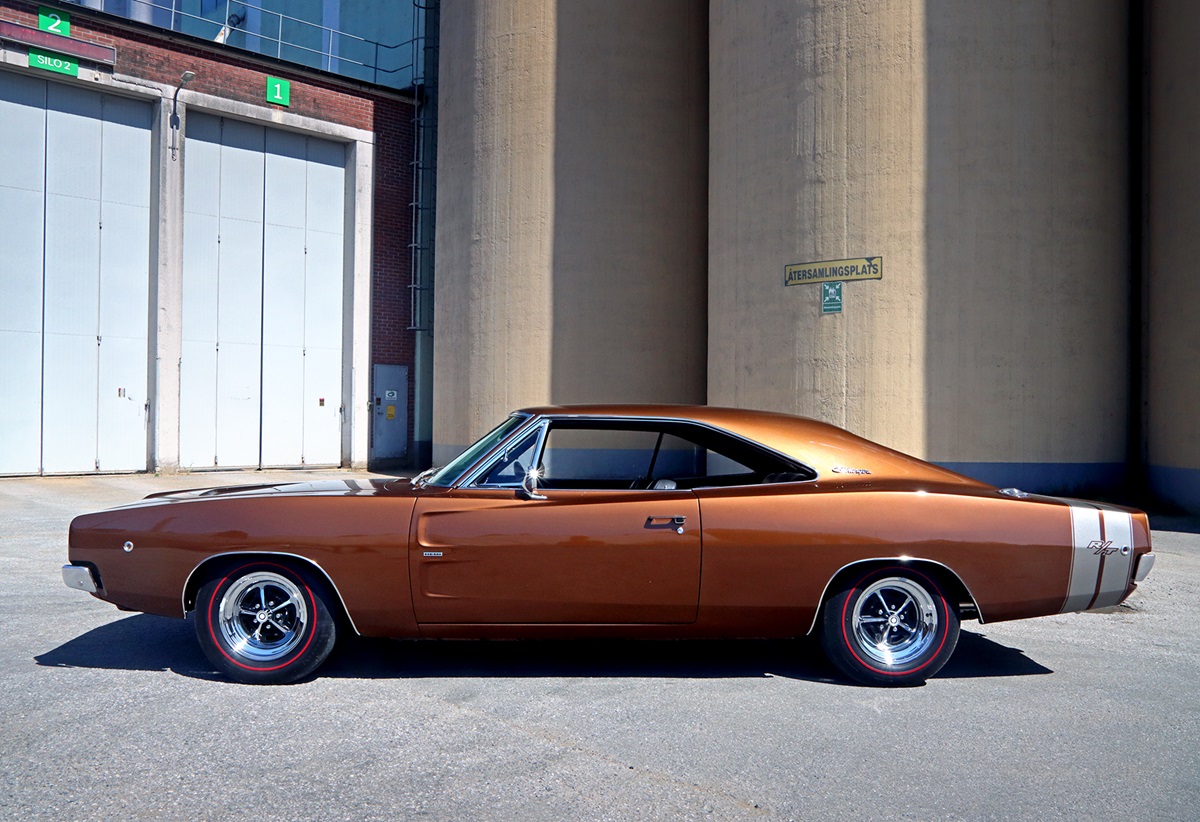
“After owning a Ford Mustang, I bought my real dream car, a Dodge Charger generation 2. Sitting in the coffee room at work, reading a year-old issue of a Car Advert Magazine, I stumbled upon an advert for a really nice 1969 Charger in Vansbro, Sweden. This was before the internet, and I figured it couldn’t still be there since the magazine was so old. But I took a chance and called,” says Wennerström.
To his great surprise, it was still for sale. The following weekend, Wennerström and a friend took a road trip to Vansbro and bought the Charger. It was a 1969 SE, “boosted” with R/T stickers. Under the bonnet was the original 383 cui-V8 with matching 727 gear box. The car had previously been partially restored and was in very good condition, but had been standing for a long time.
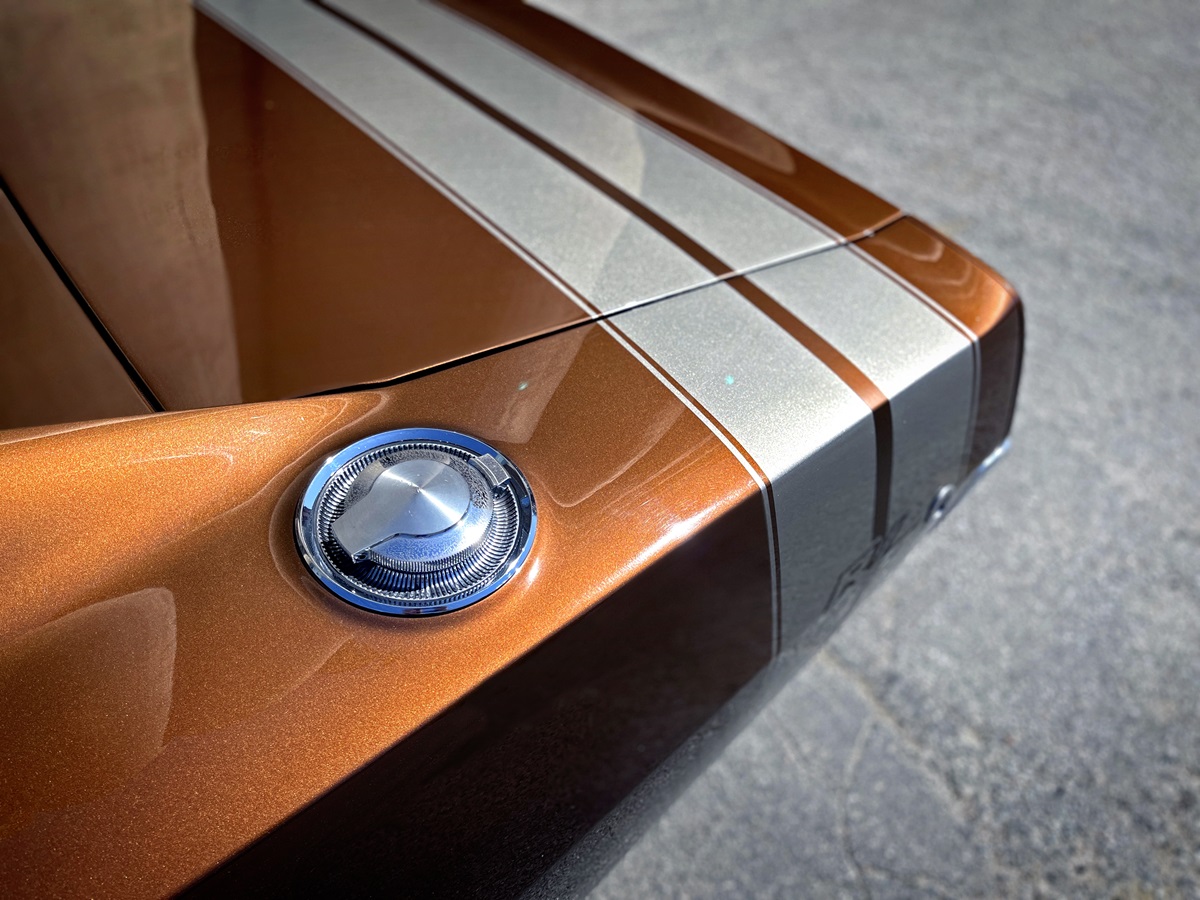
“So there was a lot to fix to make it work perfectly. Unfortunately, I sold it when the family was going to buy a country house, which I bitterly regretted for many years. However, it lives with a very sympathetic owner today, an owner who had the sense to provide it with a new 426 HEMI®.”
So over to the main event, Wennestström’s bronze-coloured Dodge. What condition was it in when Wennerström got hold of the Charger? What has he done and fixed?
“When I found the car, it had been dismantled into molecules. Some sheet metal guru in Dalarna, Sweden, had changed all the necessary sheet metal and put on the amazing paint. Then the project had stalled. It was nothing but a completely empty but freshly painted shell.”
The Charger was on wheels, but both the front and rear chassis were unrefurbished. All other parts were in cardboard boxes. Some parts were sand blasted and painted, some were untouched.
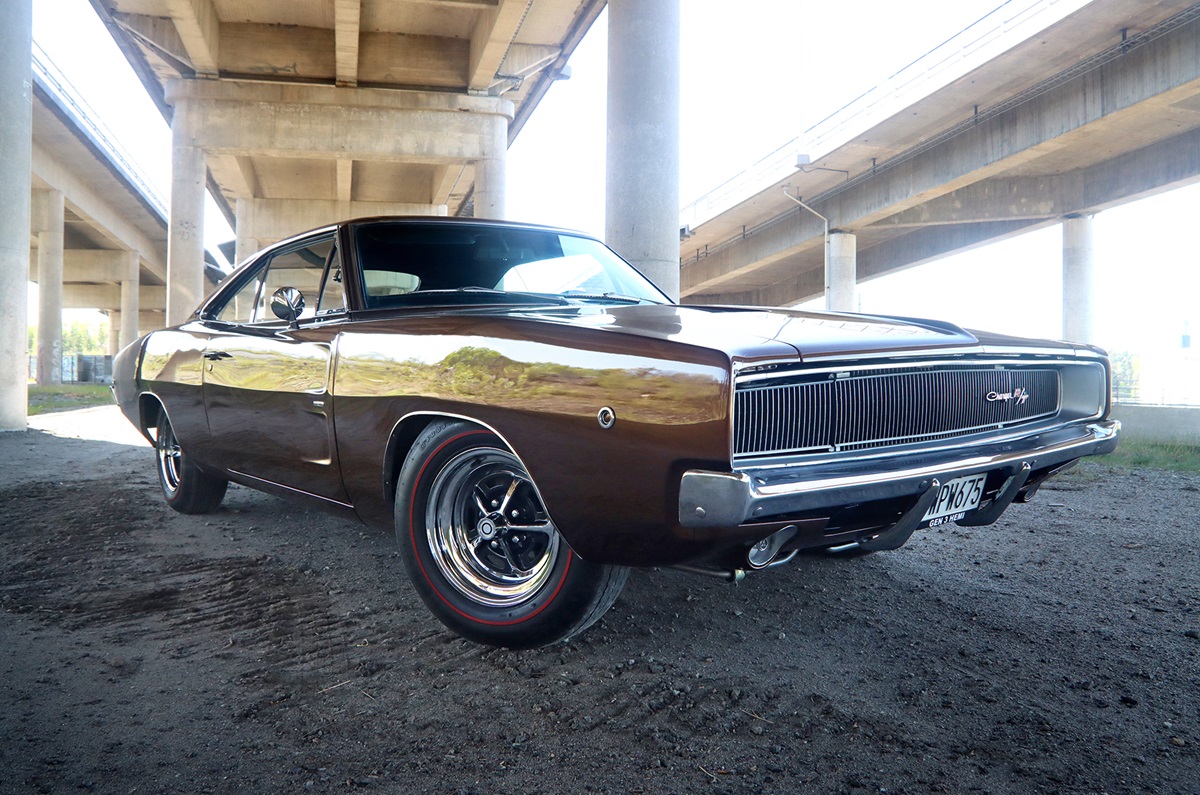
“As always when you buy a car in boxes, it is difficult to get a good overall picture of what you are actually buying. I inventoried everything when the car landed at home and it became a long shopping list when everything was ready. I also took the opportunity to upgrade with a complete R/T package with front disc brakes when there were still lots of parts to buy. My choice of drivetrain meant that I had to build a new cardan shaft tunnel, among other things. All in all, there is not a screw or bolt on the car that has not been tightened, or a square millimetre of the car that has been left untouched.”
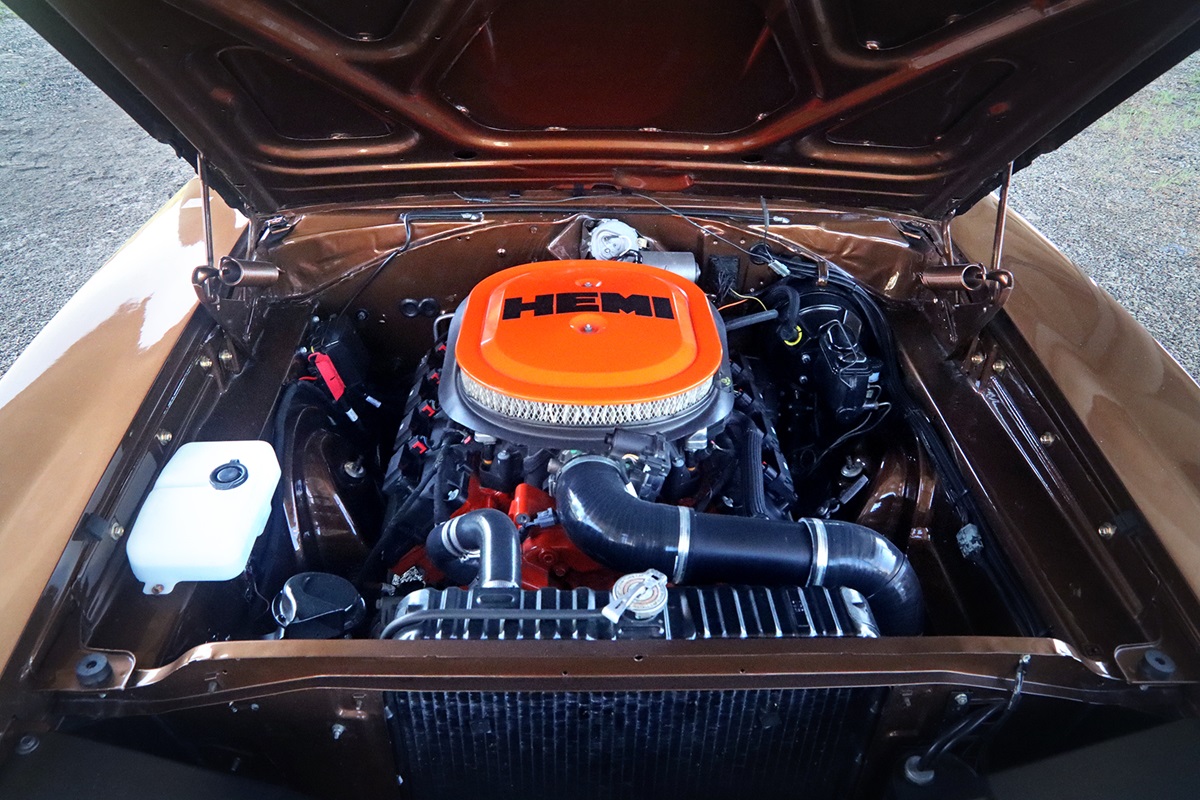
This Dodge Charger was sold new in Texas. Back then it was triple green, meaning green metallic paint, green vinyl roof and green interior. The first owner aimed for straight six-cylinder engine and 3-speed manual box with the gear lever on the steering column. “That powertrain actually makes a Dodge Charger more unique than one with a HEMI and a four-speed manual transmission from the factory,” says Wennerström. If his information is correct, 192 ’68s were built with straight-sixes, compared to 475 HEMI engine-powered Chargers.
According to the seller, the car arrived in Sweden in 2007. It was a real project when it landed on Swedish soil. Very worn white paint without vinyl roof, slightly crash-damaged left rear, general Mopar® rust and dried Texan interior. An easy build project in other words if you ask a true enthusiast.
The paint job is awesome, and many people love it. What colour is it? Does Wennerström have any hypothesis about why it is so appreciated by people?
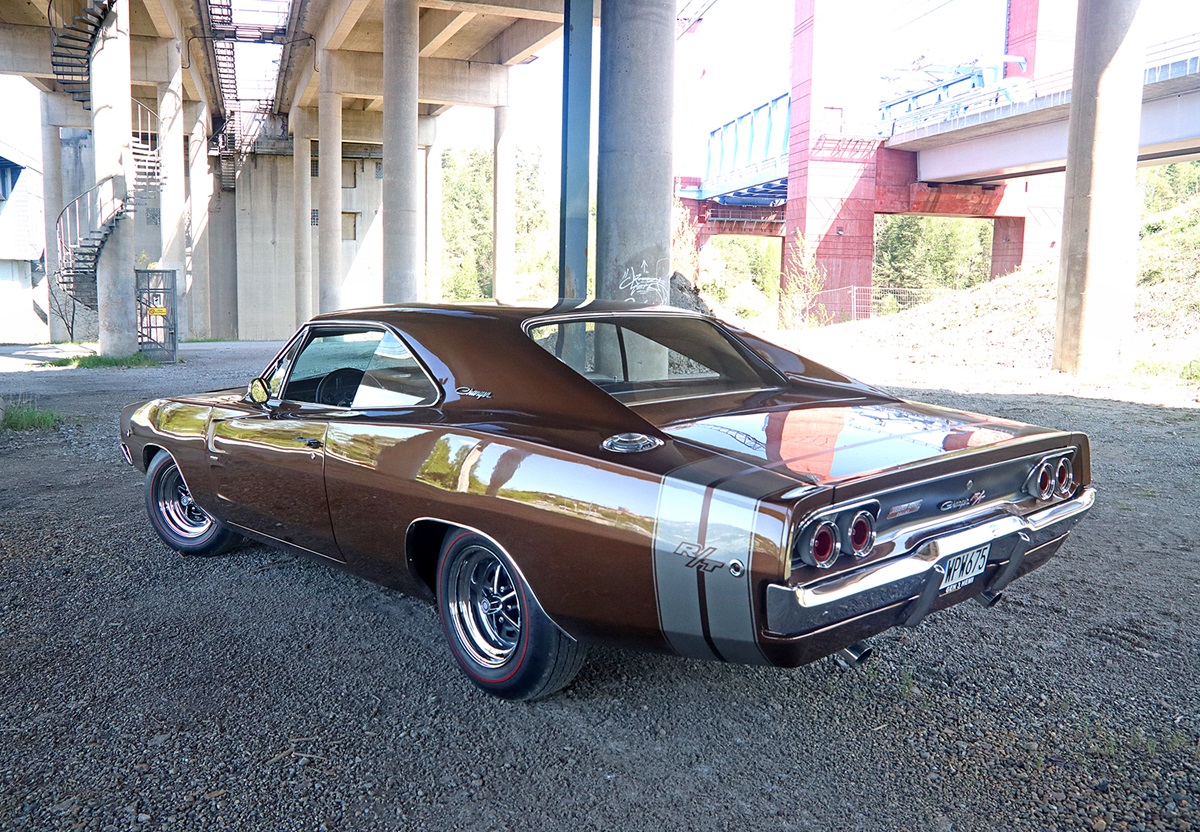
“The colour is actually an original Mopar colour called T7 Dark Bronze. As far as I know, it came as an option from the 1969 model year, so not quite period correct on the car. But I could easily live with that. I think people are reacting for two reasons: first, it’s a very unusual colour for a Charger, and second, it’s a great colour that really stands out, especially in the sunshine. A nice metallic paint really highlights all the body mouldings on the Dodge Charger and there are more of them than you might think, with a very well thought-out line play.”
The Charger’s straight-six has long since been removed from the car. Today, there’s a much more modern driveline in the car, a plan that Wennerström had from the very start.
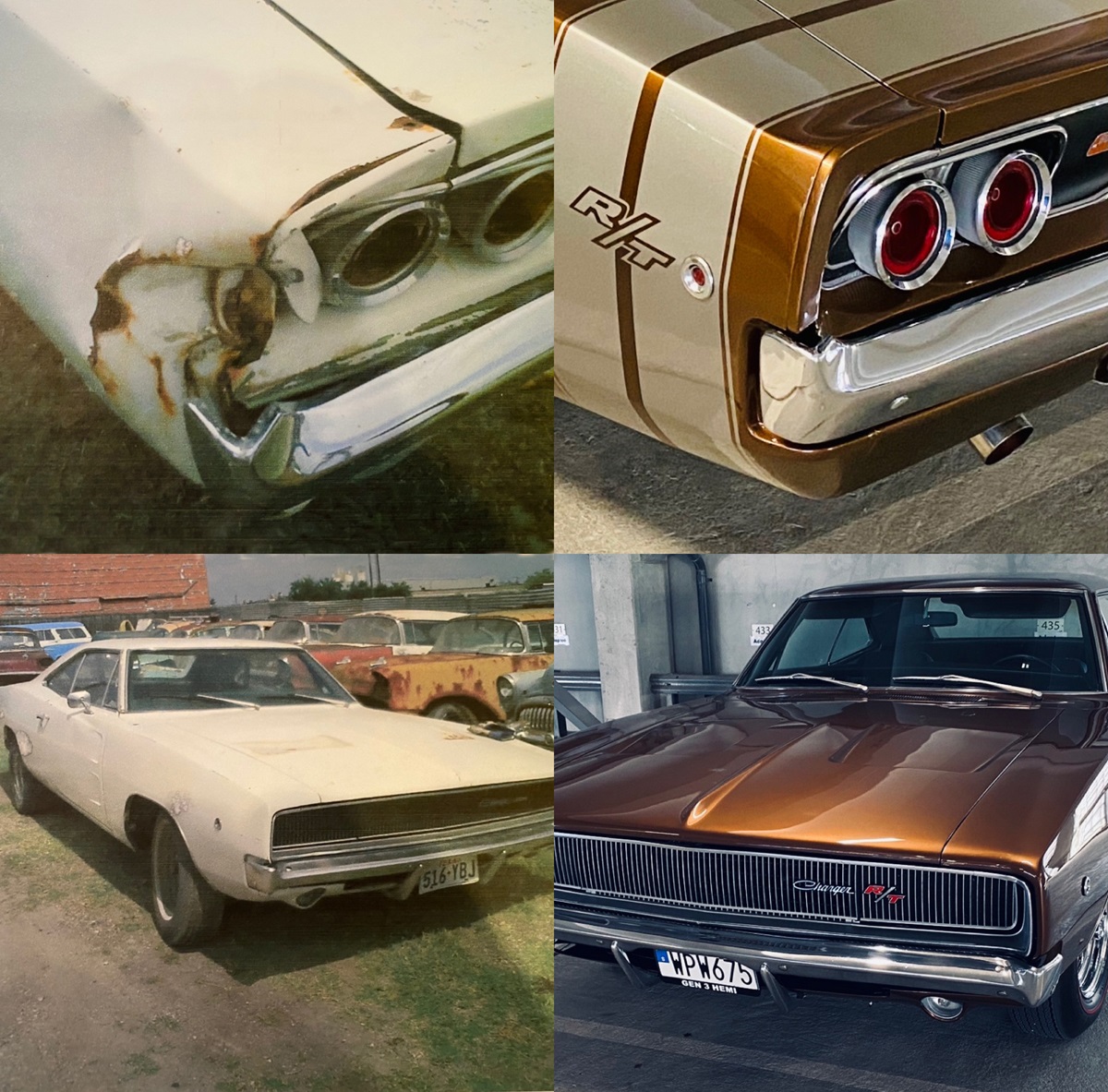
“My strategy has been to fit a new HEMI generation III and preferably with a manual gearbox. After some research, I managed to pick up a 5,7 litre HEMI together with a six-speed Tremec taken from a 2016 Challenger R/T. A drivetrain that only rolled 900 miles before someone folded it around a tree.”
Furthermore, Wennerström bought a ignition control system for the V8 with associated wiring harness, all from Mopar Performace. In principle, it was “plug and play”.
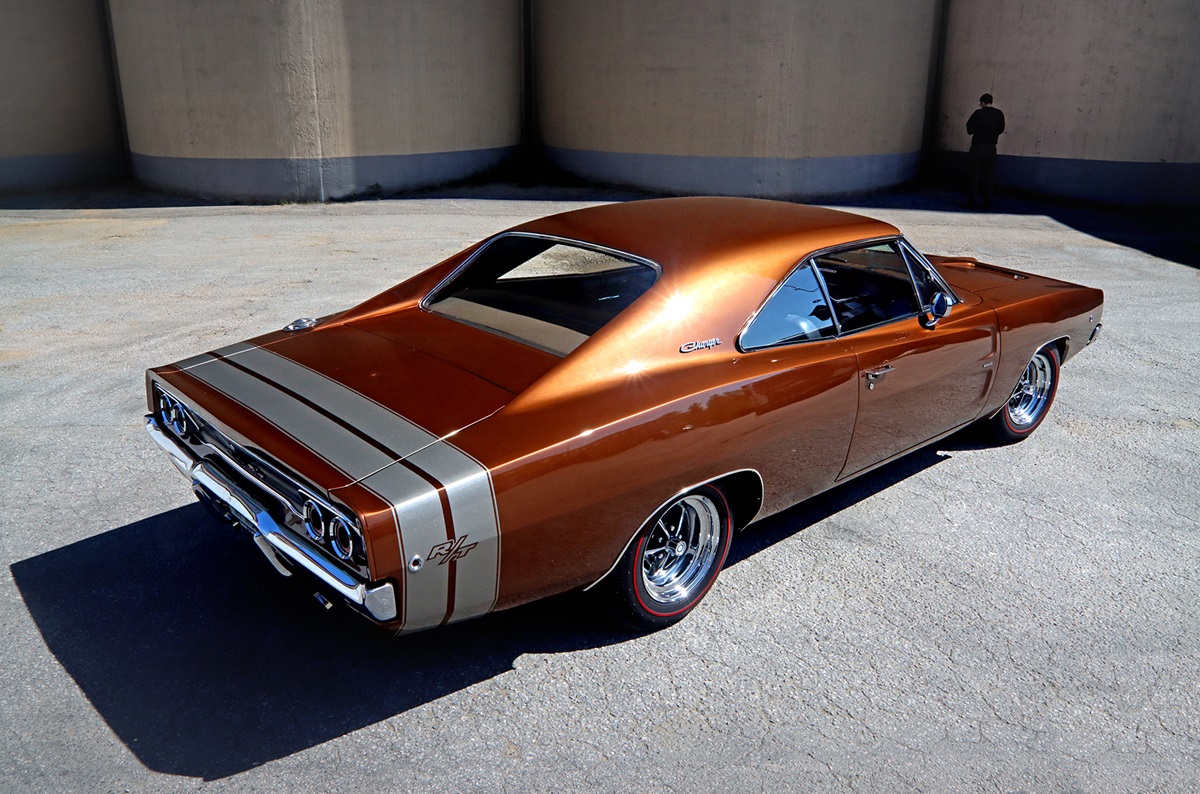
“But yes, there was also some construction work to get everything in place and working well. I was very pleased with the result. With a six-speed gearbox, I can drive with 3.91:1 in the rear axle, have an average consumption of one litre of petrol per ten kilometers and 1,700 revolutions at 110 km/h. As everyone understands, the car is still quite lively with the HEMI and the gear ratio in the 8 3/4 inch axle, and my wife and I have driven two trouble-free long road trips through Sweden with the car.”
Throughout our conversation, Wennerström speaks very highly of the Charger in general, and the 1968 model in particular. Why did he fall in love with the 1968 Dodge Charger?
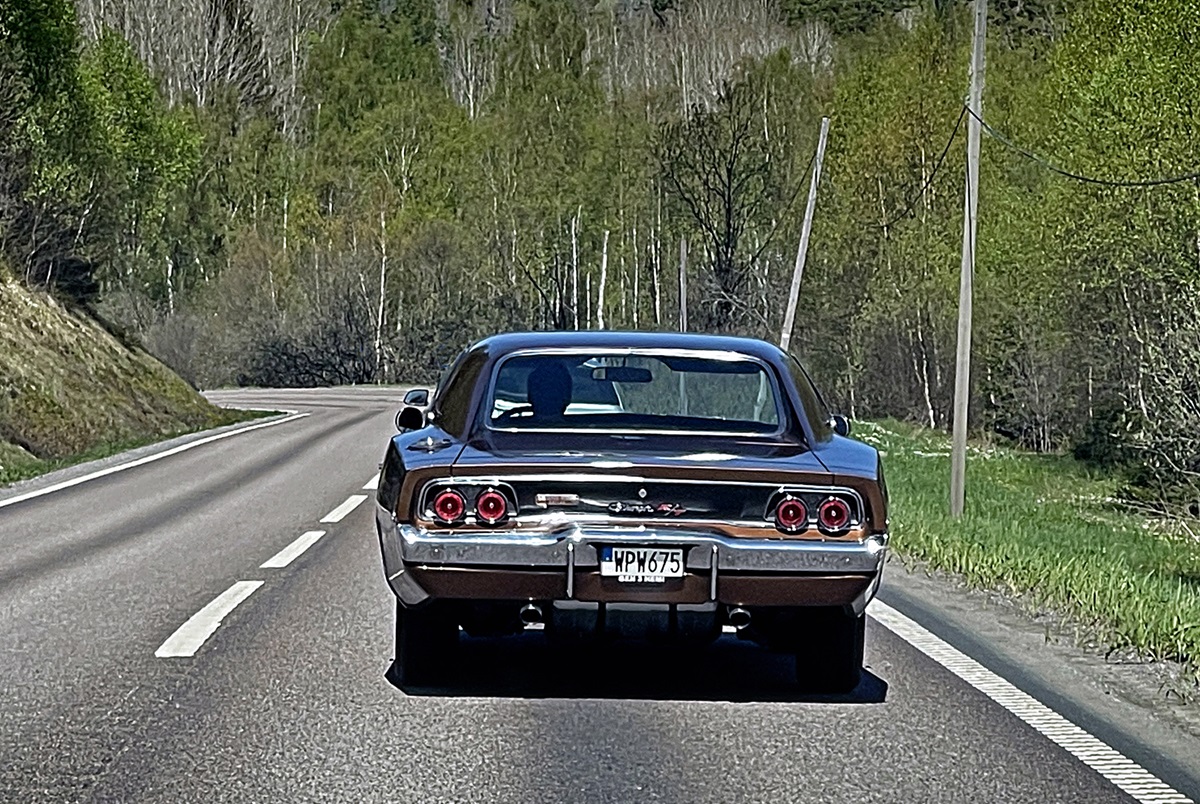
I am generally fond of all generation II Chargers, but after seeing the film Bullitt a few too many times, that movie obviously leaves a bit of a lasting impression. However, the love for Chargers in general was probably ignited by the 1969 Charger that my dad had when I was a kid. After that it was The Dodge Fever Forever. But these days, I don’t make any distinction between 1968, 1969 or 1970 – they all have details that make them special!
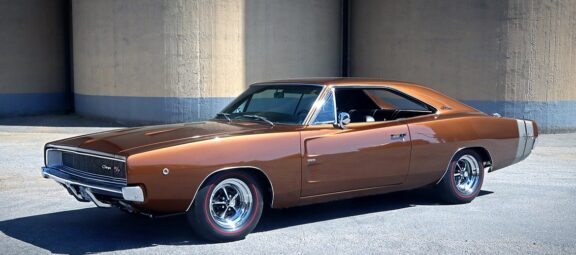
1 Comment
Nice car. But those rear stripes are stupid looking. He should strip them off and put a stock set on.